Home>Articles>How Long Do Leftovers Last In The Refrigerator
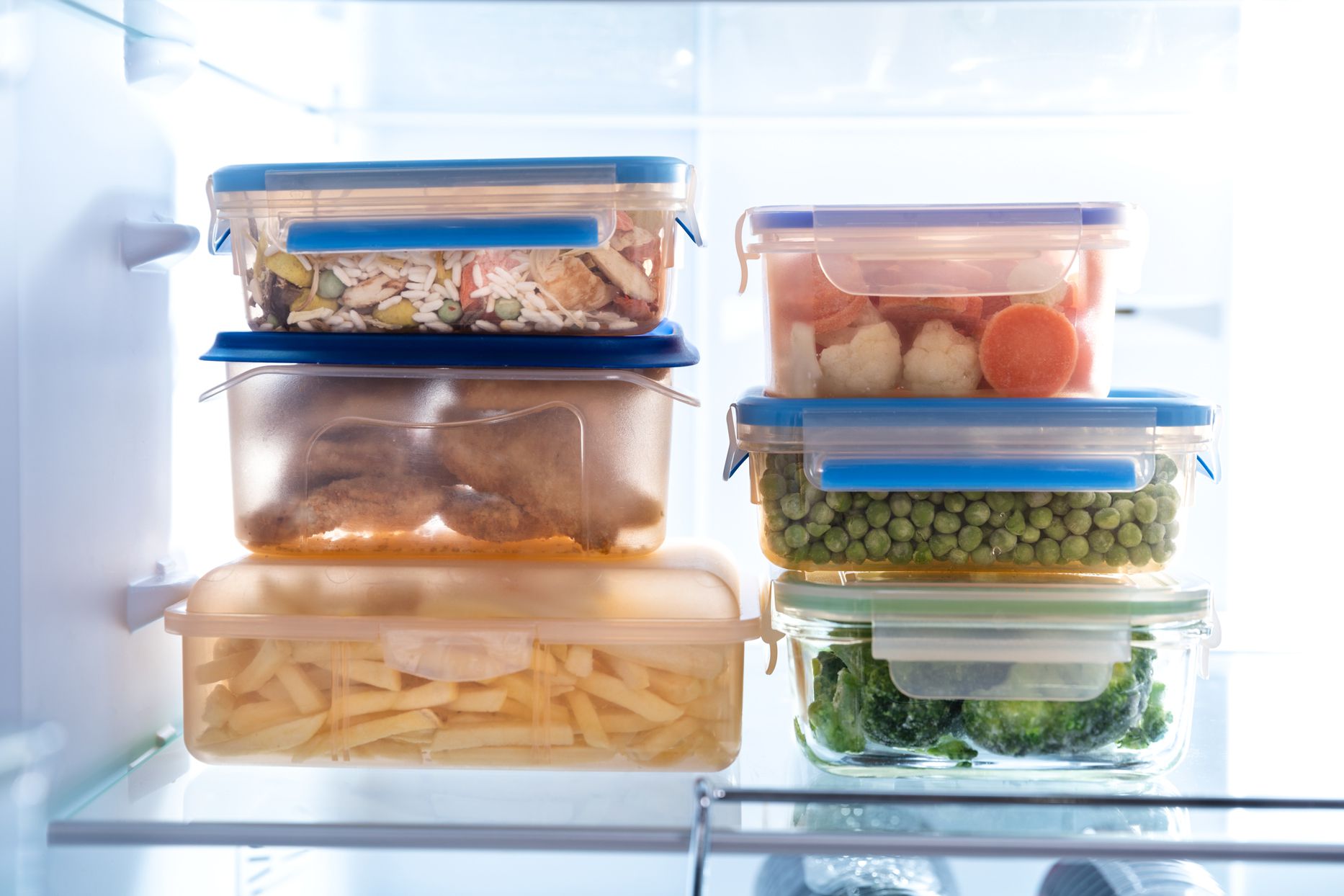

Articles
How Long Do Leftovers Last In The Refrigerator
Modified: May 6, 2024
Discover how long leftovers can last in your refrigerator with our informative articles. Find out the best practices for storing and consuming leftover food for maximum freshness and safety.
(Many of the links in this article redirect to a specific reviewed product. Your purchase of these products through affiliate links helps to generate commission for Storables.com, at no extra cost. Learn more)
Introduction
Leftovers are a common occurrence in many households. Whether it’s leftover Chinese takeout, last night’s homemade lasagna, or a surplus of cooked vegetables, we often find ourselves with excess food that needs to be stored for future consumption. But how long do leftovers actually last in the refrigerator?
Understanding the shelf life of leftovers is essential to ensure their safety and maintain their quality. Factors such as the type of food, storage conditions, and proper handling all play a role in determining how long leftovers can be safely consumed.
In this article, we will dive into the world of leftovers and explore the factors that affect their longevity. We will also provide you with recommended storage times for different types of leftovers and offer tips for properly storing them in the refrigerator. By the end of this article, you will have a clear understanding of how long your leftovers can last and how to ensure their freshness.
Key Takeaways:
- Leftovers’ shelf life varies by type, with perishable items like meat and dairy lasting 3-7 days. Proper storage and prompt refrigeration are crucial to maintain freshness and safety.
- Signs of spoilage in leftovers include changes in appearance, smell, texture, or taste. When in doubt, trust your senses and discard to prioritize food safety.
Read more: How Long Do Apples Last In The Refrigerator
Understanding the Shelf Life of Leftovers
Leftovers are food items that have been prepared but not consumed in their entirety. When stored properly, leftovers can be a convenient and economical way to enjoy a second meal. However, it is important to note that all leftovers have a limited shelf life.
The shelf life of leftovers refers to the length of time that they can be safely stored and consumed without an increased risk of food-borne illness. This is mainly due to the potential growth of harmful bacteria in improperly stored or old leftovers.
It’s important to recognize that different types of food have varying shelf lives. Foods with higher moisture content, such as meat, poultry, and seafood, are more susceptible to bacterial growth and have shorter shelf lives compared to lower moisture foods like bread or cooked grains.
Proper handling and storage of leftovers is crucial to maintain their safety and quality. Every food item has its own specific recommendations for storage times, which are based on factors such as moisture content, acidity, and bacterial growth potential.
In general, perishable leftovers should be refrigerated promptly after cooking or being served. The ideal temperature for storing leftovers in the refrigerator is below 40°F (4°C). This temperature slows down bacterial growth, extending the freshness and safety of the food.
It’s also important to note that while refrigeration slows down bacterial growth, it doesn’t completely halt it. Over time, bacteria can still multiply in refrigerated leftovers, leading to potential spoilage and food-borne illness.
Now that we have a basic understanding of the shelf life of leftovers, let’s explore the factors that can affect their longevity and safety.
Factors That Affect the Longevity of Leftovers
The longevity of leftovers can be influenced by a variety of factors. These factors can determine how long leftovers can be safely stored before they spoil or become a potential health risk. Here are some key factors to consider:
- Type of Food: The type of food plays a crucial role in determining its shelf life. Perishable foods with high moisture content, such as meat, poultry, fish, and cooked vegetables, are more prone to bacterial growth and have shorter shelf lives. On the other hand, foods with lower moisture content, such as bread, pasta, and cooked grains, tend to last longer.
- Storage Temperature: The temperature at which leftovers are stored can significantly impact their longevity. Storing leftovers at temperatures below 40°F (4°C) helps slow down bacterial growth. It is important to use a refrigerator thermometer to ensure that your refrigerator is set to the correct temperature.
- Storage Containers: The type of containers used to store leftovers can affect their shelf life. Opt for airtight containers that can seal in freshness and prevent contamination from other food items in the refrigerator. Glass or BPA-free plastic containers are good options as they do not absorb odors or chemicals from the food.
- Proper Handling: How leftovers are handled before and after storage can impact their longevity. Ensure that leftovers are promptly refrigerated within two hours of cooking or serving to minimize bacterial growth. Additionally, avoid touching leftovers with bare hands to reduce the risk of cross-contamination.
- Quality of Ingredients: The quality of the ingredients used to prepare the leftovers can also influence their shelf life. Fresh ingredients are less likely to spoil quickly compared to ingredients that are past their prime. Using high-quality, fresh ingredients can help extend the shelf life of leftovers.
- Contamination: Leftovers can become contaminated with harmful bacteria if they come into contact with raw meat, poultry, seafood, or other potentially contaminated surfaces. Be sure to store raw and cooked foods separately to prevent cross-contamination.
It’s important to consider these factors when storing leftovers to ensure their safety and quality. By taking proper precautions and understanding how different factors can affect the longevity of leftovers, you can minimize the risk of food-borne illnesses and maximize the enjoyment of your leftovers.
Recommended Storage Time for Different Types of Leftovers
Knowing the recommended storage time for different types of leftovers is essential for maintaining their safety and quality. While these times can vary depending on factors such as the specific food item and storage conditions, here are some general guidelines:
- Meat and Poultry: Cooked meat and poultry leftovers should be consumed within 3-4 days. It is important to note that cured meats, such as ham or bacon, tend to have a longer shelf life and can last up to 7 days.
- Seafood: Cooked seafood leftovers, including fish, shrimp, and crab, should be consumed within 1-2 days. They are more delicate and prone to spoilage, so it is best to consume them quickly.
- Dairy Products: Leftover dairy products, such as milk, yogurt, and cheese, should be consumed within their original expiration dates. Once opened, it is recommended to finish them within 5-7 days to ensure their freshness and safety.
- Fruits and Vegetables: Cooked or raw fruits and vegetables should be consumed within 3-4 days. However, leafy greens and salad mixes may only last 1-2 days before they start to wilt.
- Soups and Stews: Soups and stews can be stored for 3-4 days in the refrigerator. It is important to cool them quickly before refrigerating to prevent bacterial growth.
- Bread and Grains: Cooked grains, such as rice or quinoa, can last up to 4-6 days in the refrigerator. Bread and baked goods, if stored properly, can last 5-7 days. Freezing bread is also an option to extend its shelf life.
- Sauces and Condiments: Most sauces and condiments, such as ketchup, mustard, and mayonnaise, have a longer shelf life due to their high acidity and preservatives. They can typically last for several weeks to months, depending on the specific product.
- Eggs: Cooked eggs, such as hard-boiled eggs, can last up to 1 week in the refrigerator. It is important to store them in a covered container to prevent odors from other foods.
These storage times are general recommendations, and it is essential to use your best judgment when consuming leftovers. If leftovers show any signs of spoilage, such as an off smell, unusual texture, or mold growth, it is best to discard them to avoid any potential health risks.
By following these guidelines and properly storing your leftovers, you can ensure their freshness and safety for a satisfying second meal.
Leftovers can last in the refrigerator for 3-4 days. Be sure to store them in airtight containers and reheat them to 165°F to ensure they are safe to eat.
Tips for Properly Storing Leftovers in the Refrigerator
Properly storing leftovers in the refrigerator is crucial for maintaining their freshness, safety, and taste. Here are some tips to help you store leftovers effectively:
- Cool leftovers quickly: Make sure to cool your leftovers before storing them in the refrigerator. Rapid cooling prevents the growth of bacteria. Divide large portions into smaller, shallow containers to promote faster cooling.
- Use airtight containers: When storing leftovers, ensure that you use airtight containers. This helps prevent the transfer of odors and flavors from other foods in the refrigerator. It also helps to maintain the moisture content of the leftovers, preserving their texture and taste.
- Label and date containers: To keep track of your leftovers, label each container with the name of the food and the date it was prepared. This makes it easier to identify the contents and know when they need to be consumed or discarded.
- Store raw and cooked foods separately: To avoid cross-contamination, it is important to store raw meats, poultry, and seafood in separate containers from cooked leftovers. This prevents any potential transfer of harmful bacteria from raw foods to cooked foods.
- Position leftovers properly: Place leftovers on the middle or bottom shelves of the refrigerator, where the temperature is most consistent. Avoid storing them in the refrigerator door, as the temperature can fluctuate when the door is opened frequently.
- Don’t overcrowd the refrigerator: Proper air circulation is essential for maintaining the freshness of leftovers. Avoid overcrowding the refrigerator, as it can prevent the cold air from circulating effectively and lead to uneven cooling.
- Keep raw meat juices contained: If you have raw meat or poultry leftovers, make sure to store them in leak-proof containers to prevent any juices from contaminating other foods.
- Follow recommended storage times: Adhere to the recommended storage times for different types of leftovers to ensure their safety. Discard any leftovers that have exceeded their recommended storage time or show signs of spoilage.
Following these tips will help extend the shelf life of your leftovers and maintain their quality. Remember that the freshness and safety of leftovers also depend on proper handling, such as reheating them thoroughly before consuming and avoiding reheating them multiple times.
By adopting these storage practices, you can make the most out of your leftovers and reduce food waste while ensuring a delicious and safe meal.
Read more: How Long Do Carrots Last In The Refrigerator
Signs to Look for to Determine if Leftovers Have Gone Bad
It is important to be able to identify if your leftovers have gone bad to avoid consuming spoiled food and minimize the risk of food-borne illnesses. Here are some signs to look for to determine if your leftovers have gone bad:
- Appearance: Visually inspect your leftovers for any changes in color, texture, or appearance. Mold growth, discoloration, or a slimy texture can indicate spoilage. If the food looks off or unusual, it’s best to discard it.
- Smell: Pay attention to any strange or rancid odors emanating from your leftovers. Sour, foul, or off-putting smells can indicate bacterial growth or spoilage. Trust your sense of smell, as it is often a reliable indicator that the food is no longer safe to consume.
- Texture: Changes in the texture of leftovers can also indicate spoilage. If the food becomes excessively mushy, slimy, or has a grainy texture, it is best to discard it.
- Taste: If your leftovers taste different or off, it is a strong indication that they have gone bad. Trust your taste buds and do not consume any leftovers that have an unusual or unpleasant taste.
- Expiration Date: Check the expiration date on the original packaging of your leftovers. If they have exceeded the expiration date, it is best to err on the side of caution and discard them.
- Length of Storage: Even if leftovers do not exhibit obvious signs of spoilage, it is important to consider the length of time they have been stored. If they have surpassed the recommended storage time, it is safest to discard them.
- Bacterial Growth: Look out for any signs of bacterial growth in your leftovers, such as mold or strange discoloration. This is a clear indication that the food has spoiled and should not be consumed.
It is crucial to note that even if only one of these signs is present, it is best to exercise caution and discard the leftovers. Consuming spoiled food can lead to food poisoning and other illnesses.
When in doubt, it is always better to be safe than sorry. If you suspect that your leftovers have gone bad, it is best to discard them rather than risking your health.
When Should You Discard Leftovers?
Knowing when to discard leftovers is essential for maintaining food safety and preventing food-borne illnesses. While it is tempting to try and salvage leftover food, it is important to be aware of certain situations where it is best to err on the side of caution and discard the leftovers. Here are some scenarios when you should consider discarding leftovers:
- Exceeded recommended storage time: Leftovers should not be kept in the refrigerator indefinitely. They have a limited shelf life, and once they have exceeded the recommended storage time, it is safer to discard them. Refer to the recommended storage times for different types of leftovers and follow them closely.
- Spoilage signs: If you notice any signs of spoilage in your leftovers, such as mold growth, off-putting smell, unusual texture, or discoloration, it is best to discard them. These are clear indications that the food has gone bad and should not be consumed.
- Improper storage conditions: If your leftovers have been exposed to unsafe storage conditions, such as being left out at room temperature for more than two hours or stored at improper temperatures, it is recommended to discard them. Bacterial growth can occur rapidly in these situations, increasing the risk of food-borne illnesses.
- Contamination: If your leftovers have come into contact with potentially contaminated surfaces or other spoiled food, it is best to discard them to avoid cross-contamination and the spread of harmful bacteria.
- Unidentified or unknown leftovers: If you are unsure of the contents or preparation date of a certain leftover, it is safer to discard it. Without knowing the history and safety of the food, it is best not to take any risks.
- Prolonged exposure to air: Leftovers that have been repeatedly exposed to air, such as through multiple openings and closures of the container, have a higher likelihood of spoilage. Oxygen exposure can promote bacterial growth and hasten spoilage, so it is advisable to discard such leftovers.
- Unpleasant taste or odor: Trust your senses when it comes to leftovers. If you notice an off-putting or strange taste or odor, it is best to discard the leftovers. This could be an indication of spoilage or bacterial contamination.
Keep in mind that these guidelines are general recommendations, and it’s important to use your judgment when determining if leftovers should be discarded. When in doubt, it is always better to prioritize food safety and discard leftovers to avoid any potential health risks.
By understanding the signs of spoilage and following proper storage and handling practices, you can minimize the risk of consuming unsafe leftovers and ensure the well-being of yourself and your family.
Conclusion
Leftovers can be a convenient and cost-effective way to enjoy second meals, but it is crucial to understand their shelf life and proper storage techniques to ensure their safety and freshness. By considering factors such as the type of food, storage temperature, and container selection, you can extend the longevity of your leftovers and make the most out of them.
It is important to follow recommended storage times for different types of leftovers, as well as to be mindful of signs of spoilage, such as changes in appearance, smell, texture, or taste. When in doubt, it is better to err on the side of caution and discard leftovers rather than risk consuming spoiled food that may lead to food-borne illnesses.
Proper storage practices, such as cooling leftovers promptly, using airtight containers, and storing raw and cooked foods separately, can help maintain the quality and safety of leftovers. Additionally, labeling and dating containers, positioning leftovers properly in the refrigerator, and not overcrowding the refrigerator are essential for optimal storage conditions.
Remember to always use your senses and judgment when assessing the condition of leftovers. Trust your nose, eyes, and taste buds to determine if leftovers have gone bad. When in doubt, discard them to prioritize food safety and the well-being of yourself and your loved ones.
By understanding the shelf life of leftovers and implementing proper storage techniques, you can reduce food waste, save money, and enjoy delicious second meals without sacrificing your health and safety.
So the next time you have leftovers, follow the guidelines outlined in this article to ensure that you are storing them properly and making the most of your food resources.
Curious about keeping your food fresh longer? Check out our detailed guide on the best food storage practices for the upcoming year. This comprehensive article will provide you with all the tips and tricks you need to ensure your groceries maintain their quality and safety for as long as possible. Whether you need to store perishable goods or extend the life of your pantry items, this guide has got you covered!
Frequently Asked Questions about How Long Do Leftovers Last In The Refrigerator
Was this page helpful?
At Storables.com, we guarantee accurate and reliable information. Our content, validated by Expert Board Contributors, is crafted following stringent Editorial Policies. We're committed to providing you with well-researched, expert-backed insights for all your informational needs.
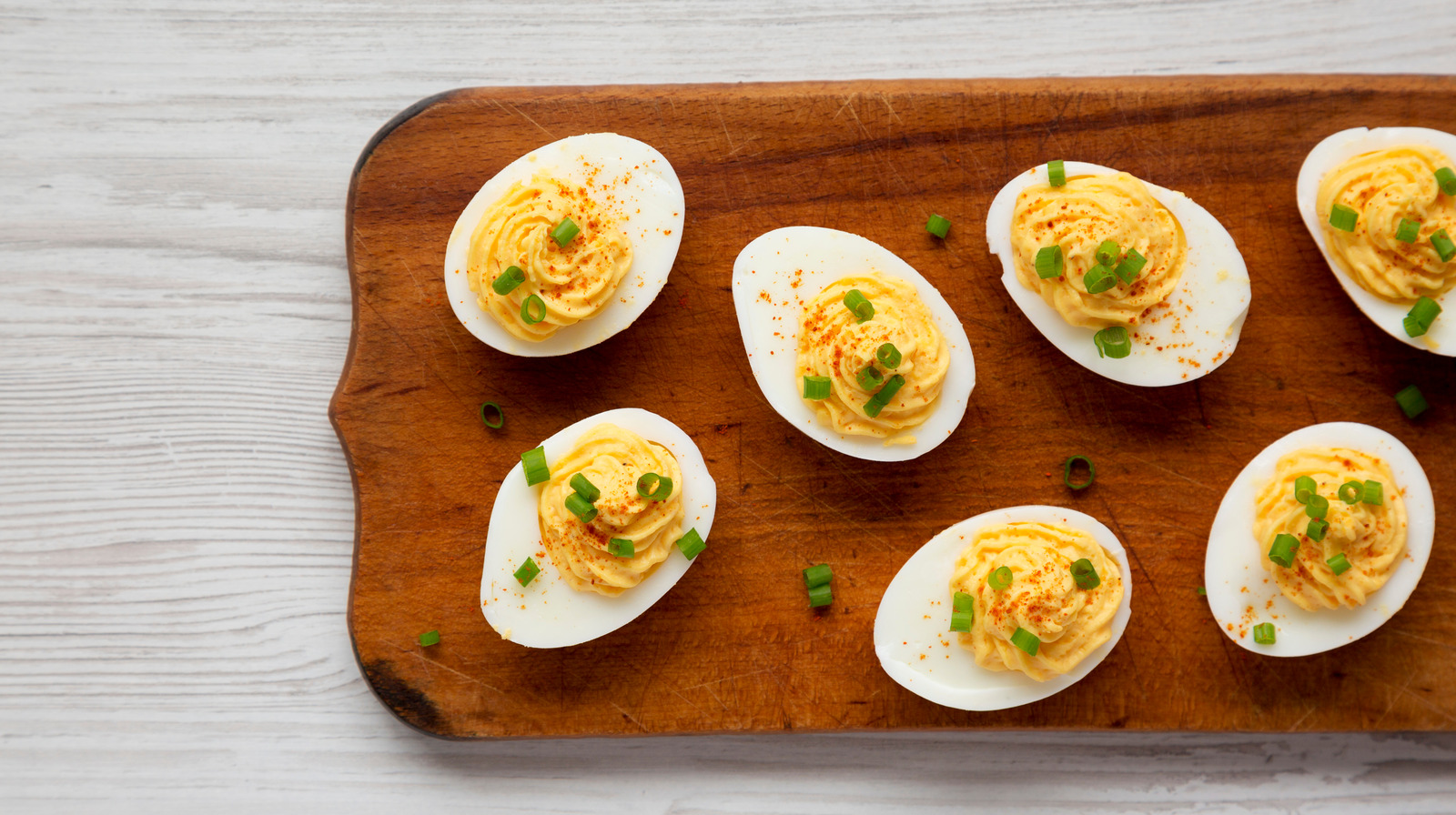
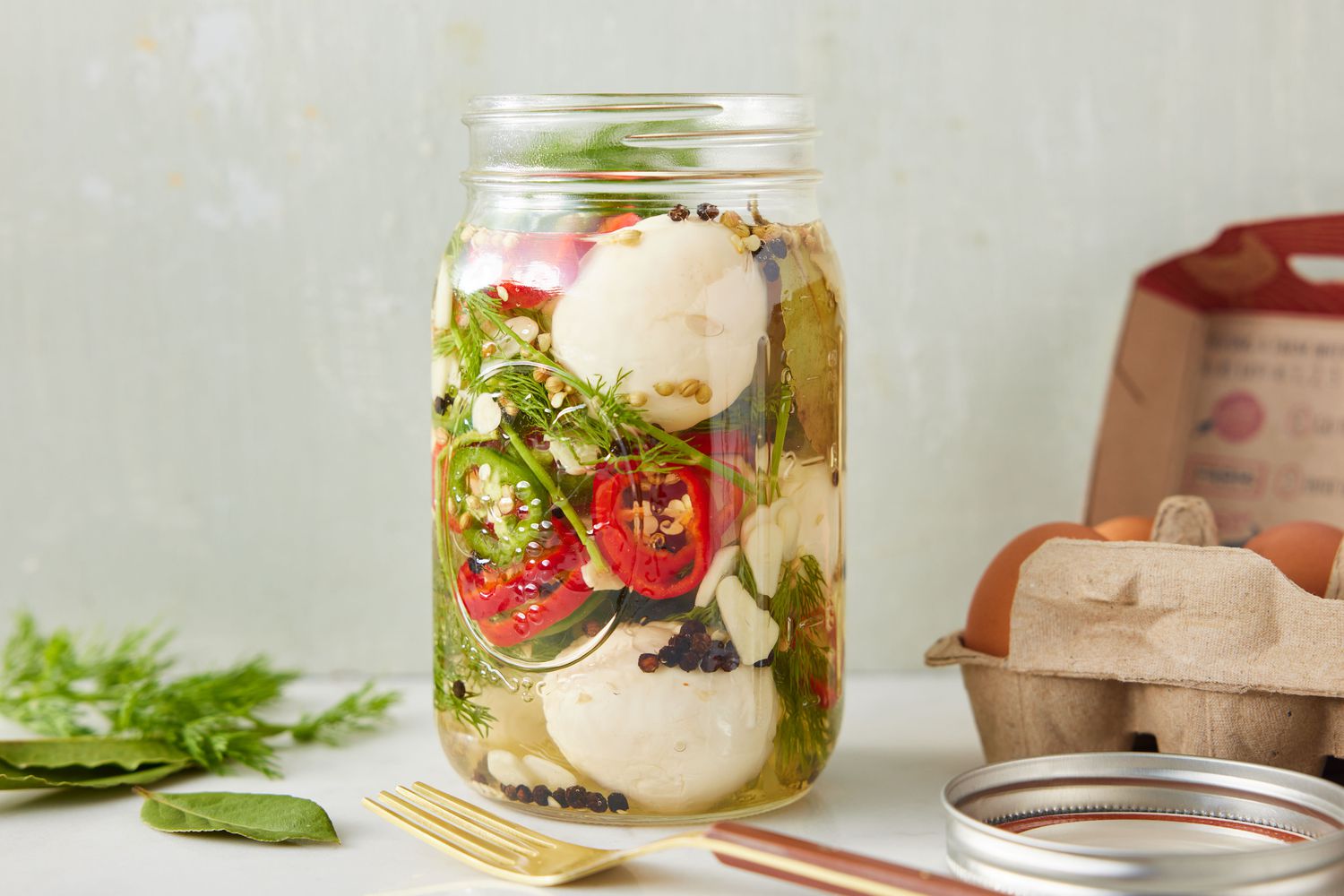
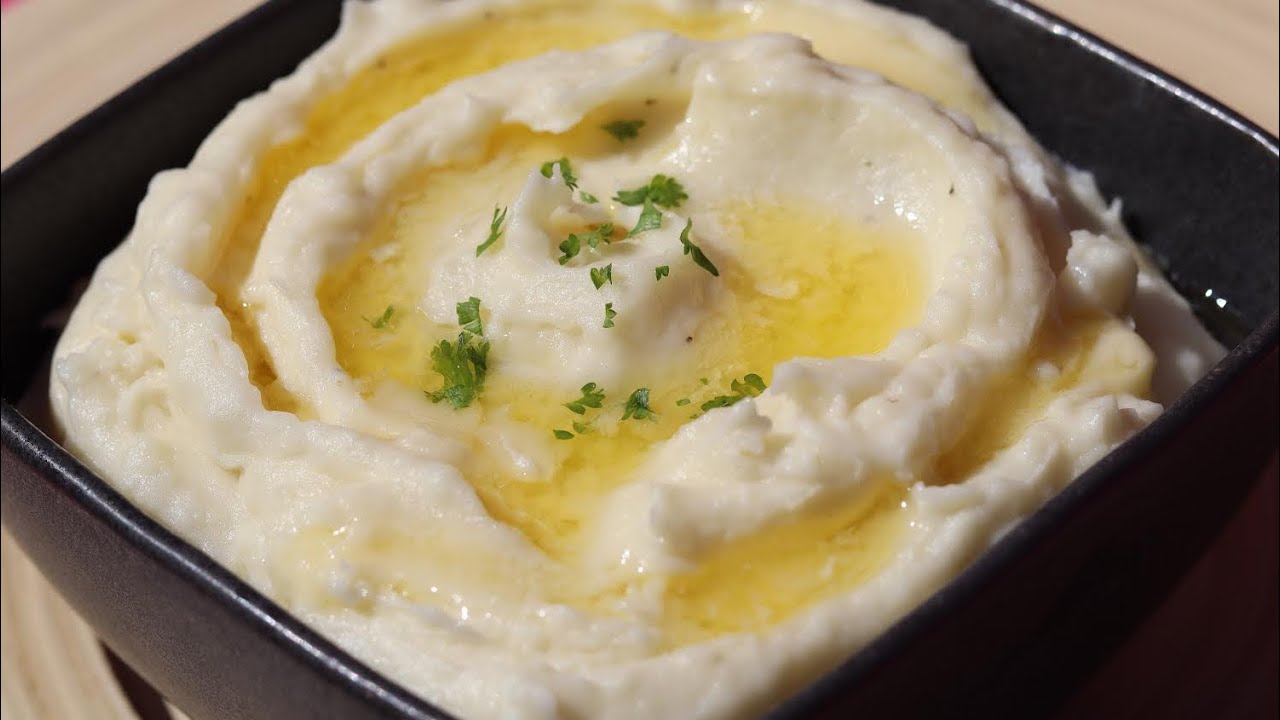
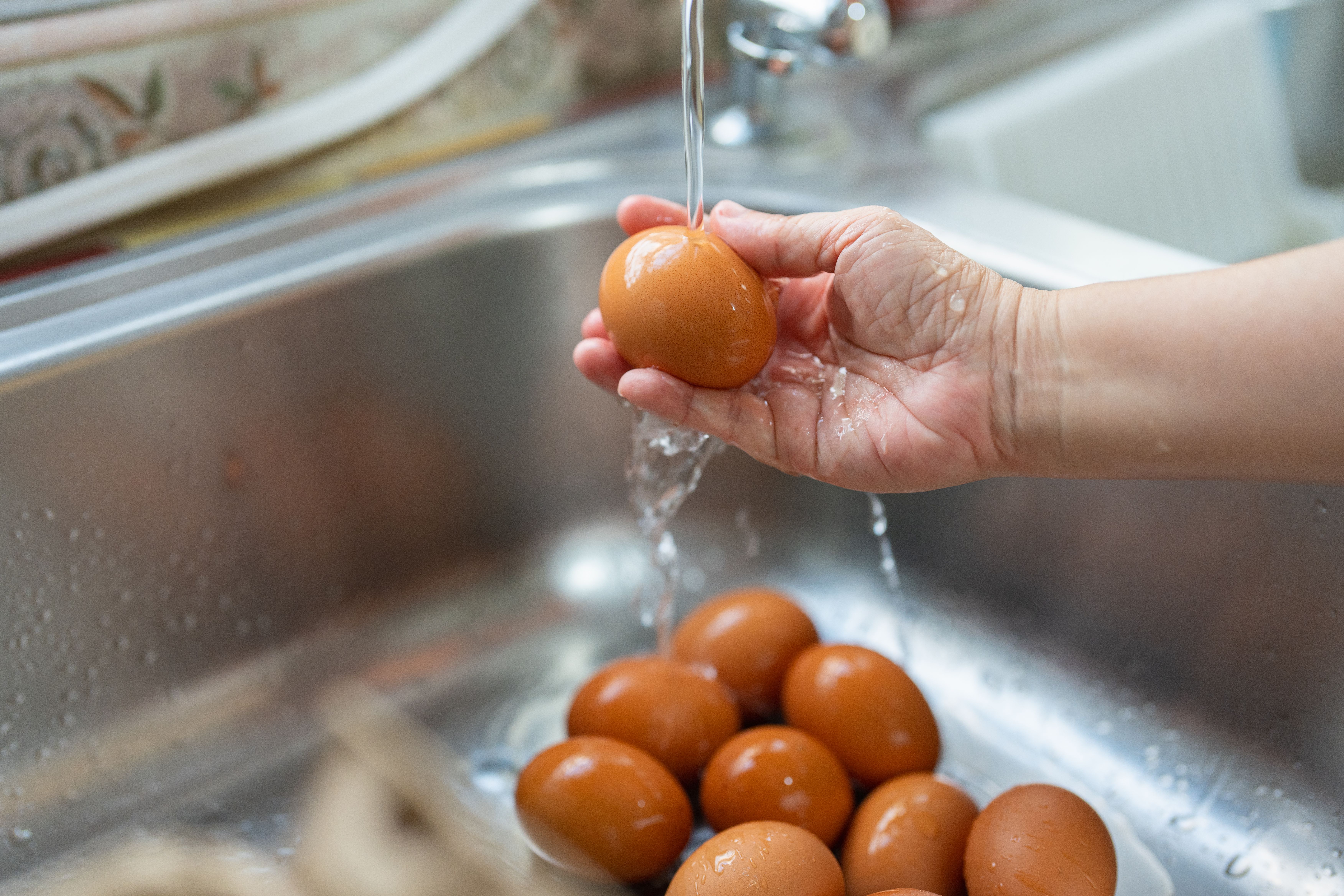

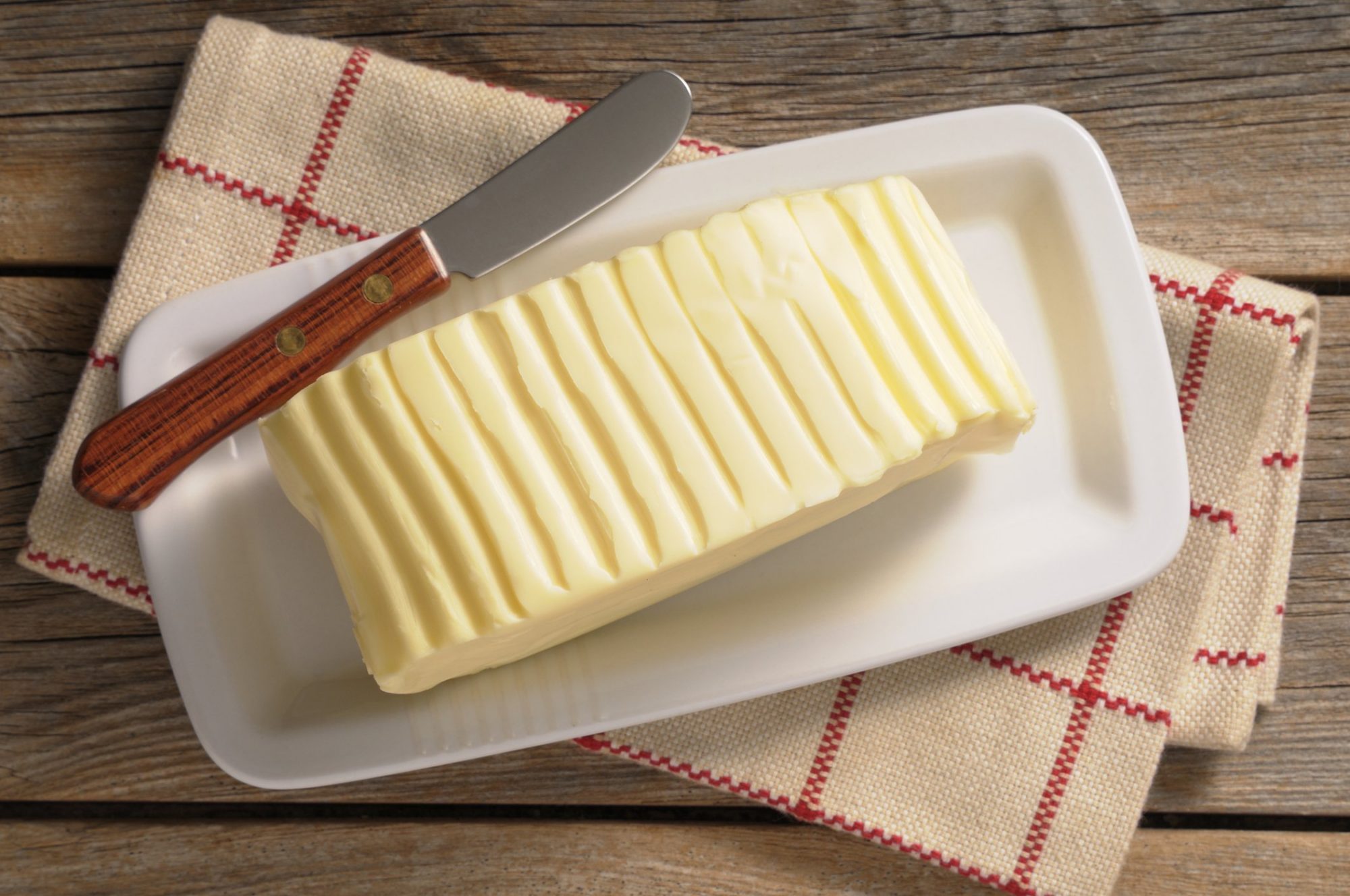

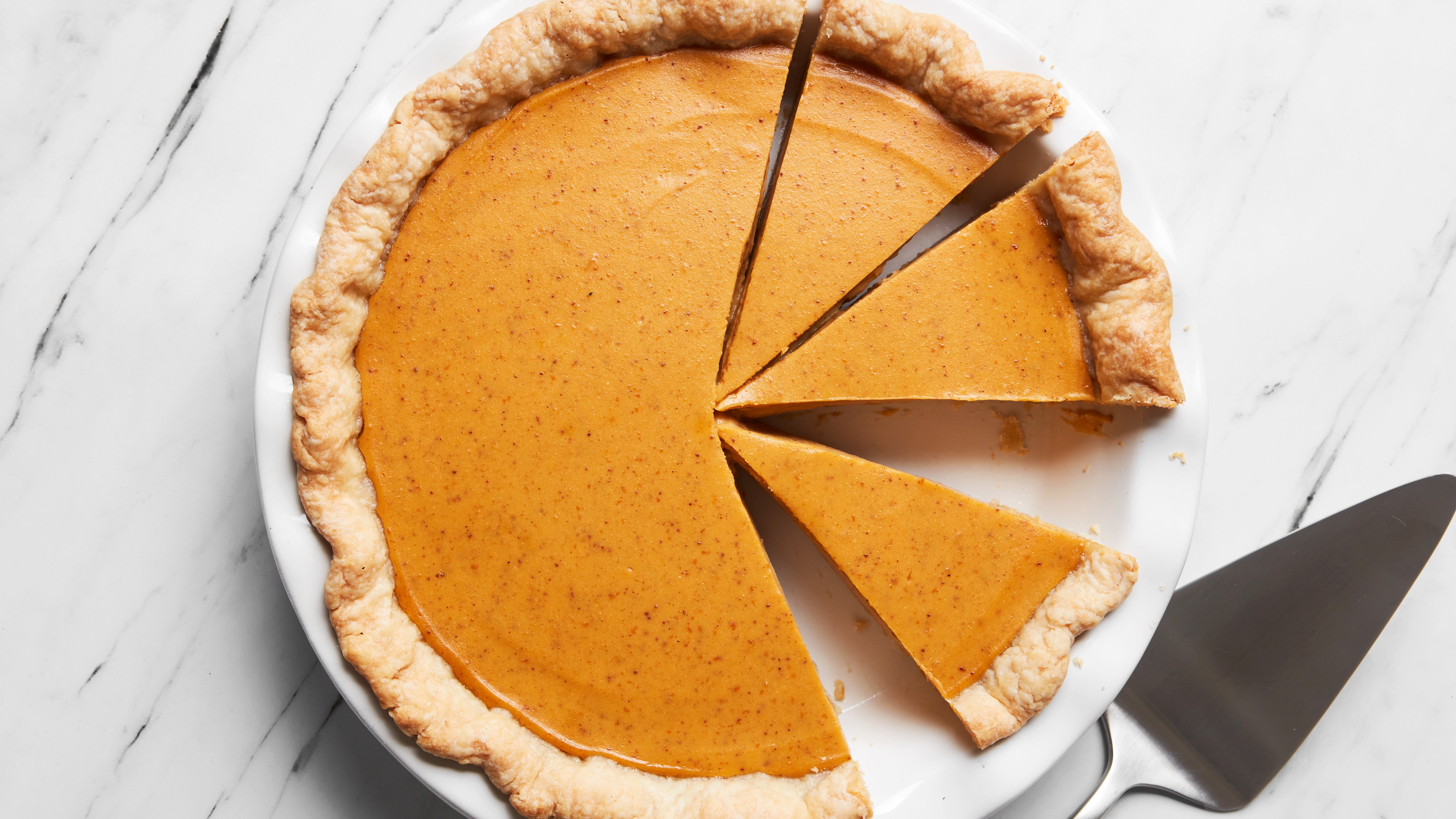
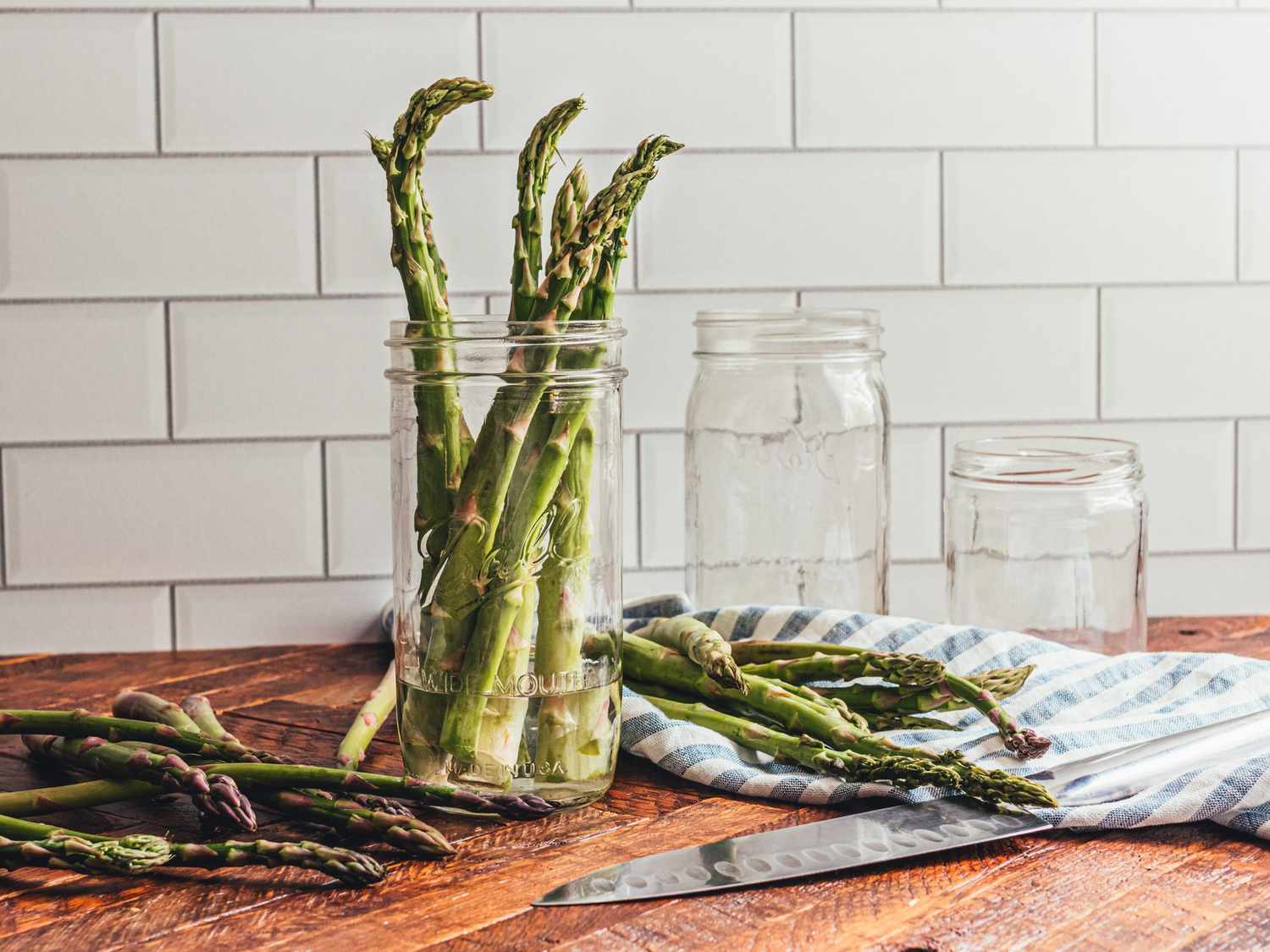
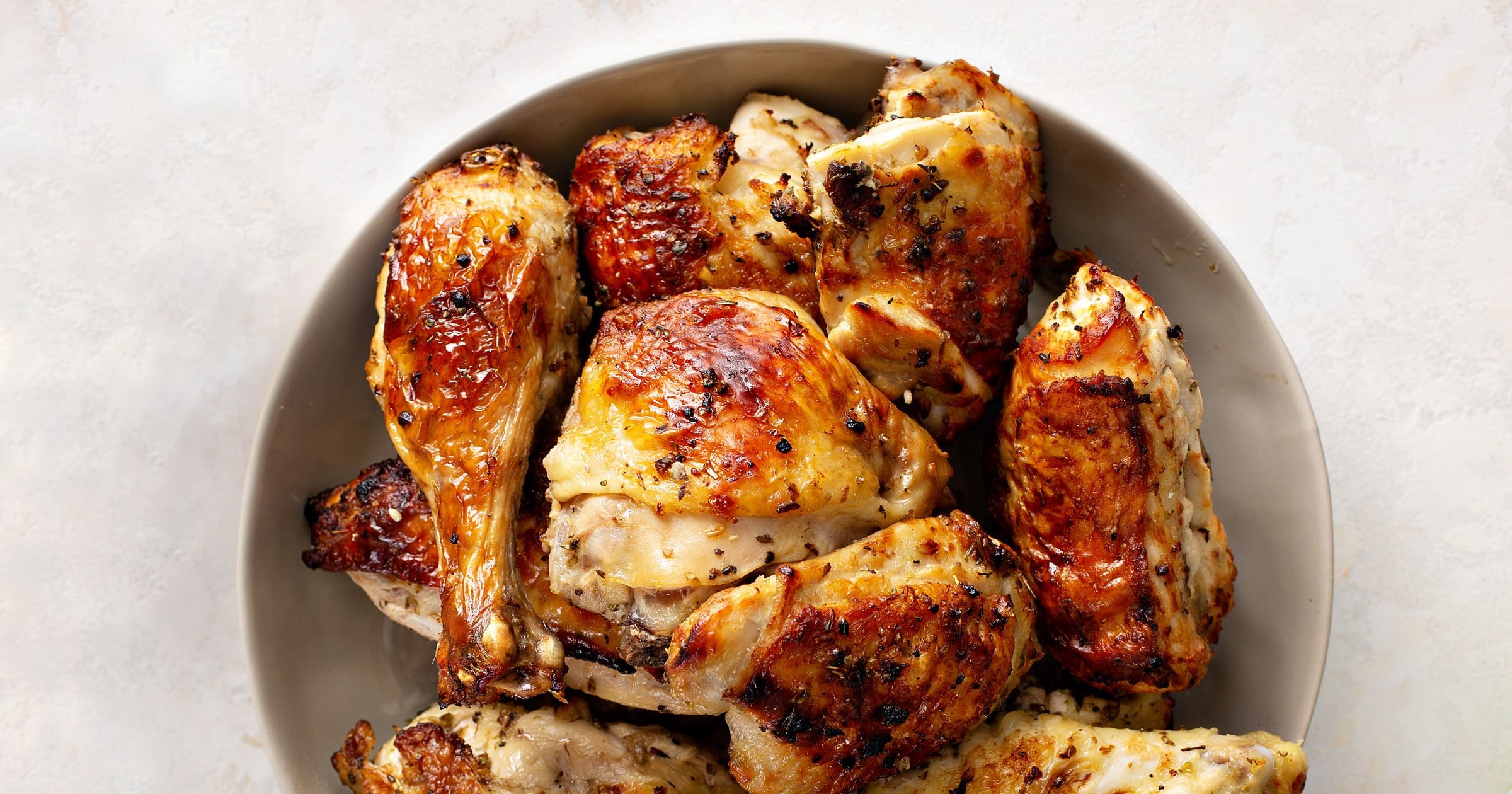
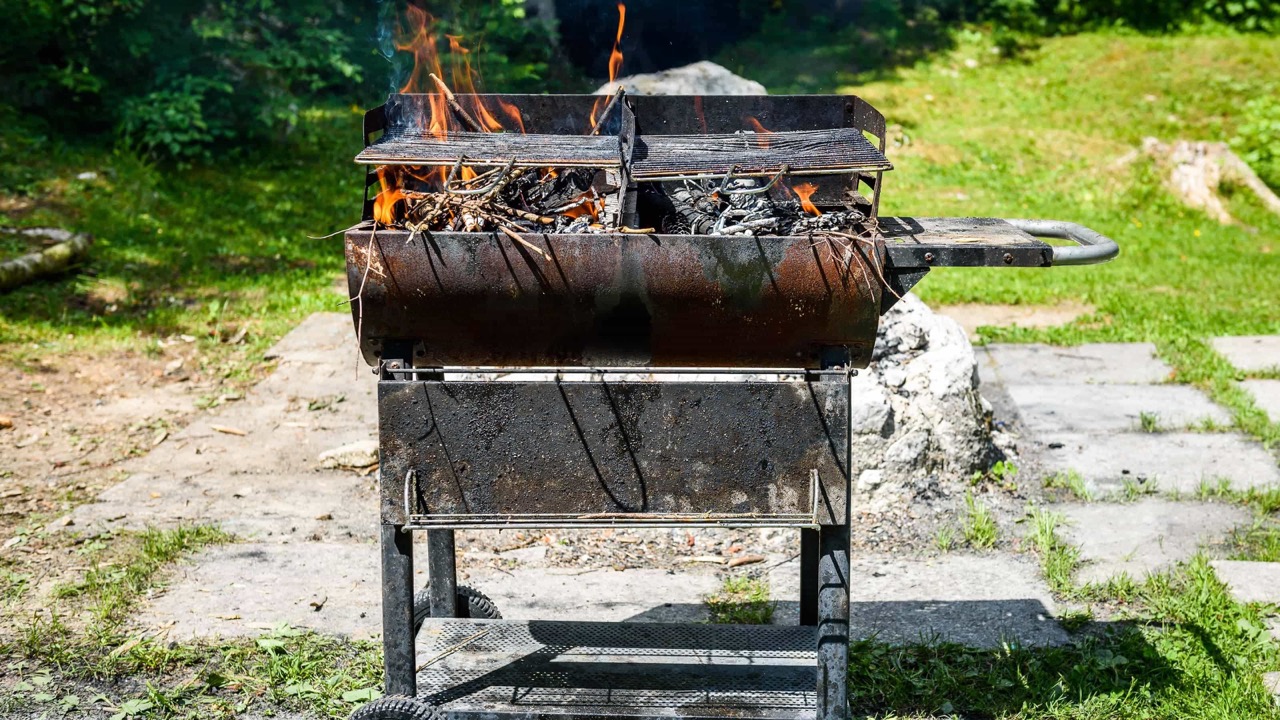
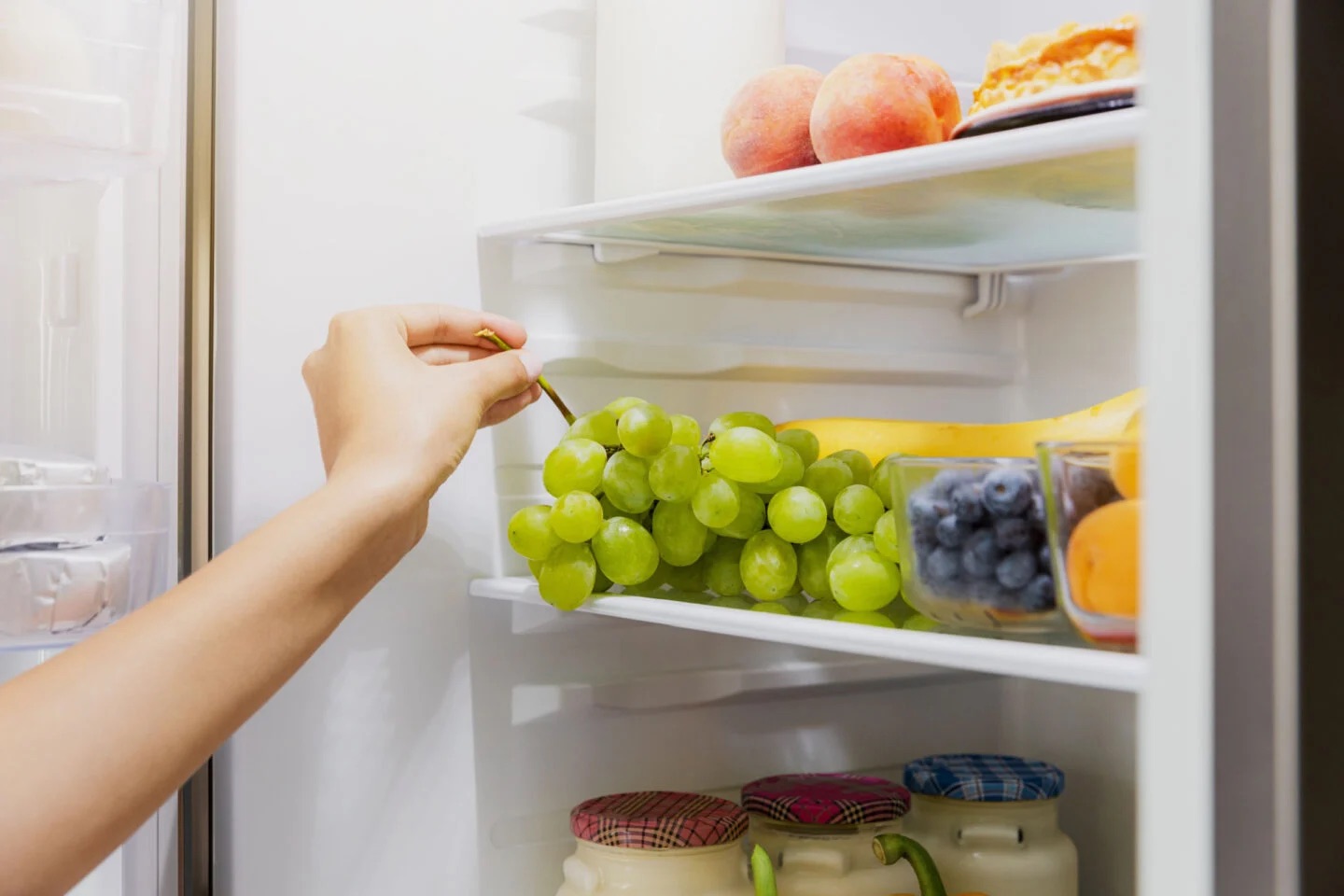
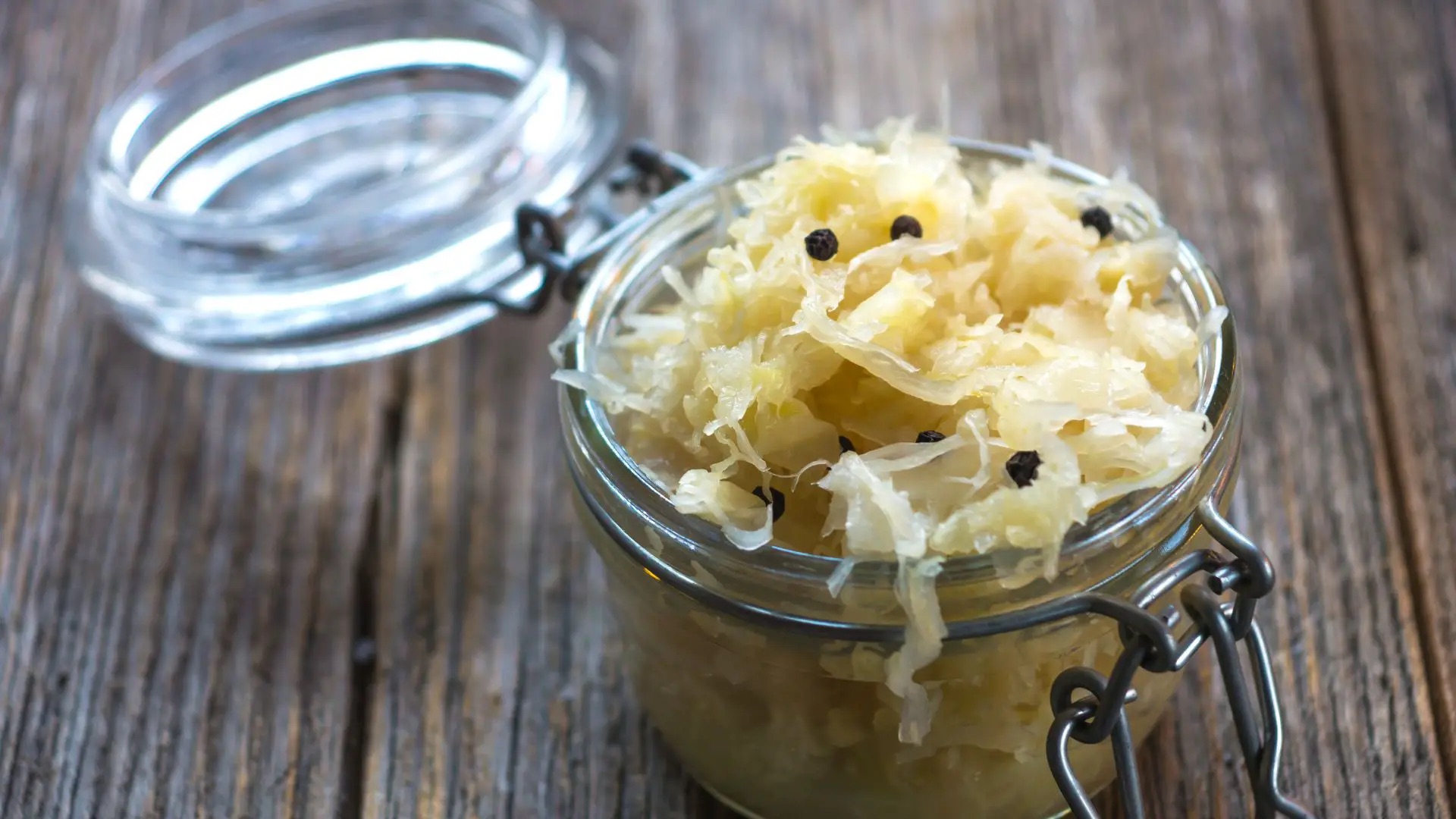
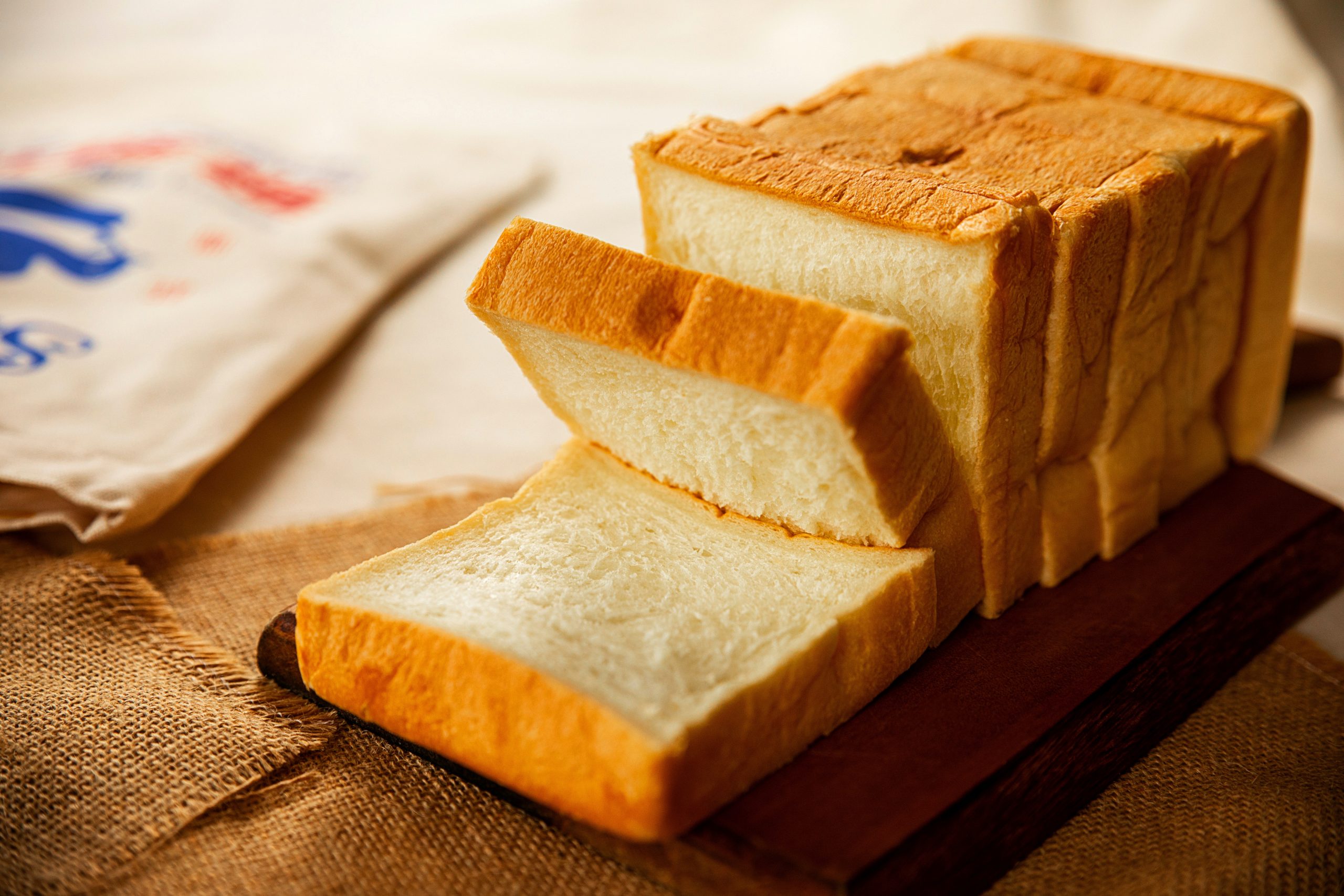

0 thoughts on “How Long Do Leftovers Last In The Refrigerator”